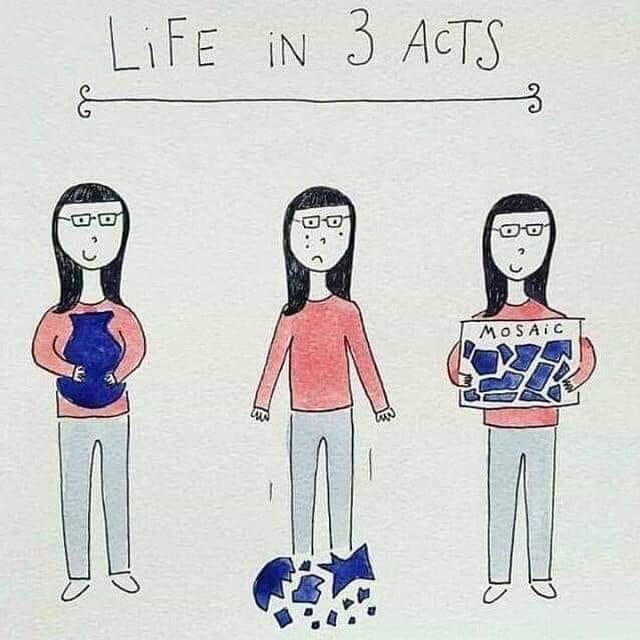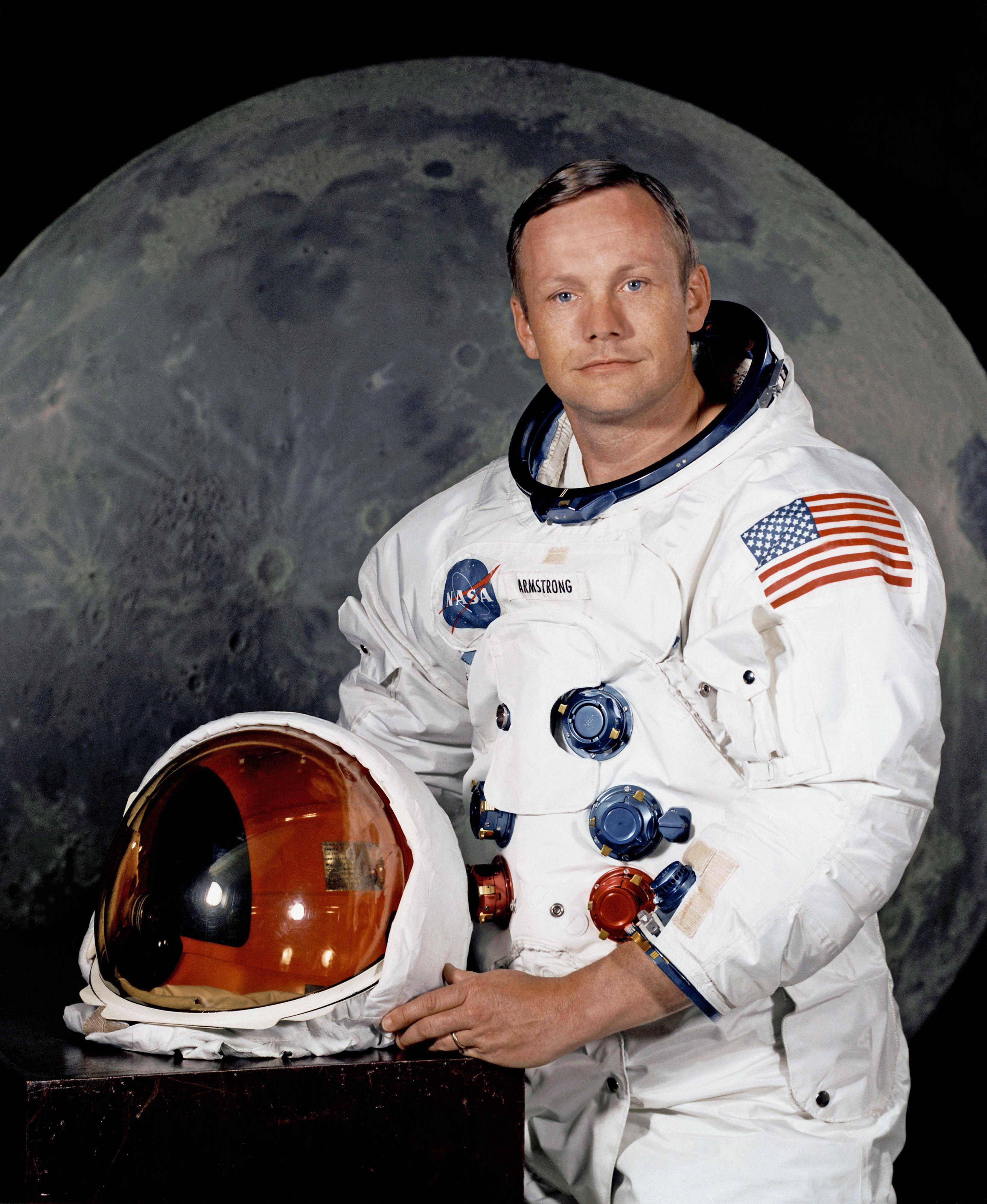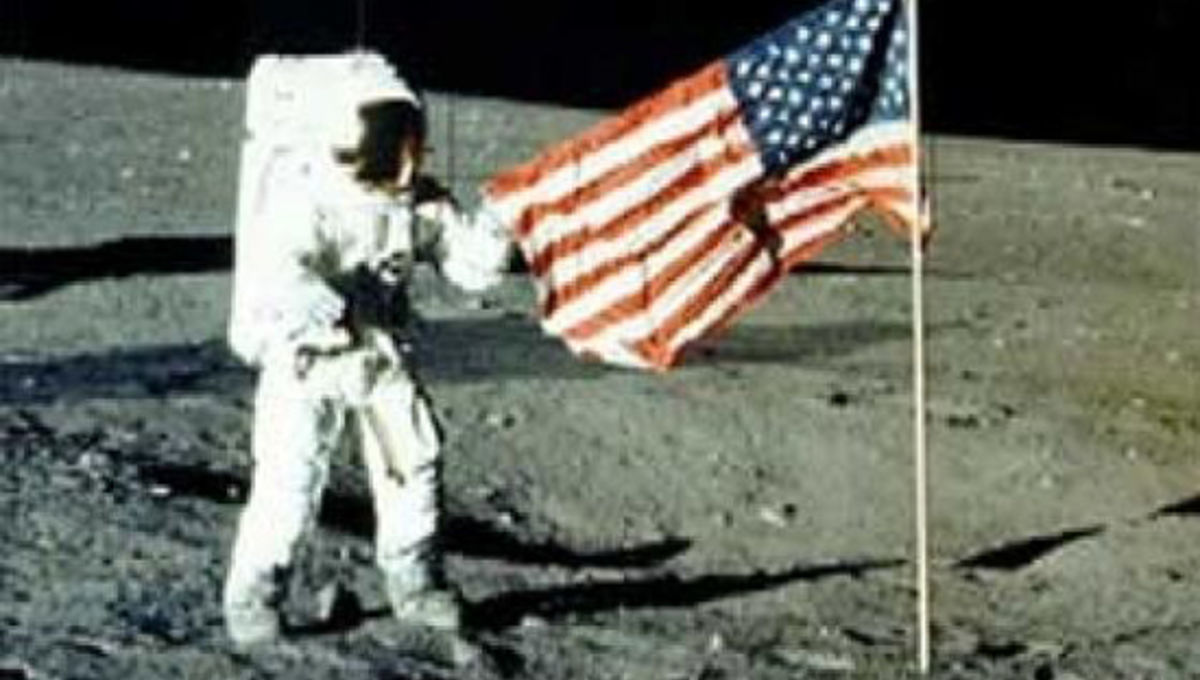We are born into a world that invites us to the adventures of the senses. It compels us to instinctively seek out that which will make us whole, give us meaning, and satisfy both our most basic and superordinate needs.
Yet, as the years go by, as we are weathered by the often unforgiving heights of the journey, we seem to fall into an increasingly deep, dark sleep. A sleep that begins to eat away at us like rot. Sometimes we can smell its decay, we feel there is something wrong with our mind, our body, our heart, our spirit. Other times it is as though a comforting veil is pressed lightly upon our head.
When this veil bursts, it is a defining point in the story. Our story arc is split wide open, down to its bare bones. And that is one of the most, or the most terrifying thing most of us can experience. If we can muster the courage to live through it, that is.
We are the heroes of our own story. That much is undeniable. We can be sceptical about assigning the label of ‘hero’ or ‘heroine’ to ourselves; most of us are. We may even have a deep resistance to it. But heroism is in our blood. Heroism and the hero’s journey of life and death we must all pass through is the one thing we have in common apart from being human. The ancient origins of the word are not fully validated. But one ascription assigns it the meaning of protector or safeguard.
Fundamentally, to live is to be transformed. We must evolve and change, no matter how we feel about it. And some, if not most, of us will do this kicking and screaming. We live in a world of duality, and two halves must form a whole. We must die, to live again. Healing does not, and cannot exist without dis-ease, in this reality at least.
I used to believe that a hero is a protector and a safeguard of life, of the good, and the pure. But I now believe that to be a hero is to experience, and be transformed by, the journey in all its dualities – the black, the white and all the colours in between.  To truly transform, the hero’s journey requires us to go with the flow of energy as it is presented to us. We must not fight it, we must feel it with our body, in its entirety. We must be cracked open, spat out and redefine ourselves when the call to do so comes.
To truly transform, the hero’s journey requires us to go with the flow of energy as it is presented to us. We must not fight it, we must feel it with our body, in its entirety. We must be cracked open, spat out and redefine ourselves when the call to do so comes.
Like the moon, we must wax and wane through all our phases – we must witness these changes. And sometimes, if the stars align, it becomes our natural progression to become the ‘supermoon’, or the ‘blue moon’ as some call it.
When you are called to ride the blue moon, your entire world will fall apart. Life as you knew it, becomes a pale shadow and your reality is turned upside down. Everything you held to be true is disintegrated and you feel like you are torn into pieces with it. There is no in between, and often no safety net underneath, just a gaping black hole that may suck you up if you let it.
Clinicians and psychologists may call this depression, or mental illness. But spiritual teachers have long described this as a ‘spiritual awakening’ often accompanied by a ‘dark night of the soul’. Let’s not forget that the history of modern medicine and psychiatry is less than a century old. Those disintegrating pieces we hold onto so tightly are often referred to as the ‘ego’, who fathers of psychology Carl Jung and Sigmund Freud theorised at length.
But the ego is not an enemy, as spiritual teacher Christina Lopes describes – its purpose is actually to protect us, to build an identity that creates a space in which to define ourselves. Eventually, this safety mechanism we build for ourselves becomes a prison, as it must make way for new forms of being and growth.
Human evolution is now calling us to accept higher and higher levels of uncertainty and complexity – for it is only through this open field that we can ascend to a higher state of flow and disruptive creativity. A state that our current structures are not forgiving of, nor nurturing towards.
In the words of modern day spiritual teacher Adyashanti:
“Enlightenment is a destructive process. It has nothing to do with becoming better or being happier. Enlightenment is the crumbling away of untruth. It’s seeing through the facade of pretence. It’s the complete eradication of everything we imagined to be true.”
That is what heroism and the hero’s journey process is at its core, as transformation-in-process. More and more people are now called to ride the blue moon and its eradicating process. Yet, as much as this process takes away, it has the potential to give back tenfold.
As Joseph Campbell described, the hero’s journey has life-affirming properties. This is no complicated notion – to live, me must die.  In the season 2, episode “Freedom” of the classic series Quantum Leap, Native American Joseph Washakie played by Frank Sotonoma “Grey Wolf” Salsedo, describes death as a doorway – and us as a grasshopper.
In the season 2, episode “Freedom” of the classic series Quantum Leap, Native American Joseph Washakie played by Frank Sotonoma “Grey Wolf” Salsedo, describes death as a doorway – and us as a grasshopper.
The blue moon begs us to leap into its depths. To allow its deep blue waters to completely penetrate us, and seed into us the new self that must be born again from our union with the universe and its/our spirit, as we make our way – begrudgingly, willingly or painfully – into the other side, the new world.
Through this process, we discover that the pieces that fell to the ground and were swept away with the wind were not truly needed or a part of our innate nature to begin with. Those that are left, that stick onto us as if they are indeed part of our skin, we may come to rediscover in a new light, and re-assemble them in a new whole.
And perhaps the illusion is that we were never destroyed or disassembled to begin with – like the moon appears to be incomplete, it has always remained whole. We have just awakened to a deeper, more authentic sense of wholeness. One that is not a version of us – but us.
- – – –
Dr. Olivia Efthimiou is a transdisciplinary researcher at Murdoch University, Perth and Associate Researcher at the Australian National Academy of Screen and Sound. Her current research focuses on the emerging field of heroism science, embodiment, transdisciplinarity, healing, evolution, the philosophy of science, and creative play in social, locative and mobile spaces.


